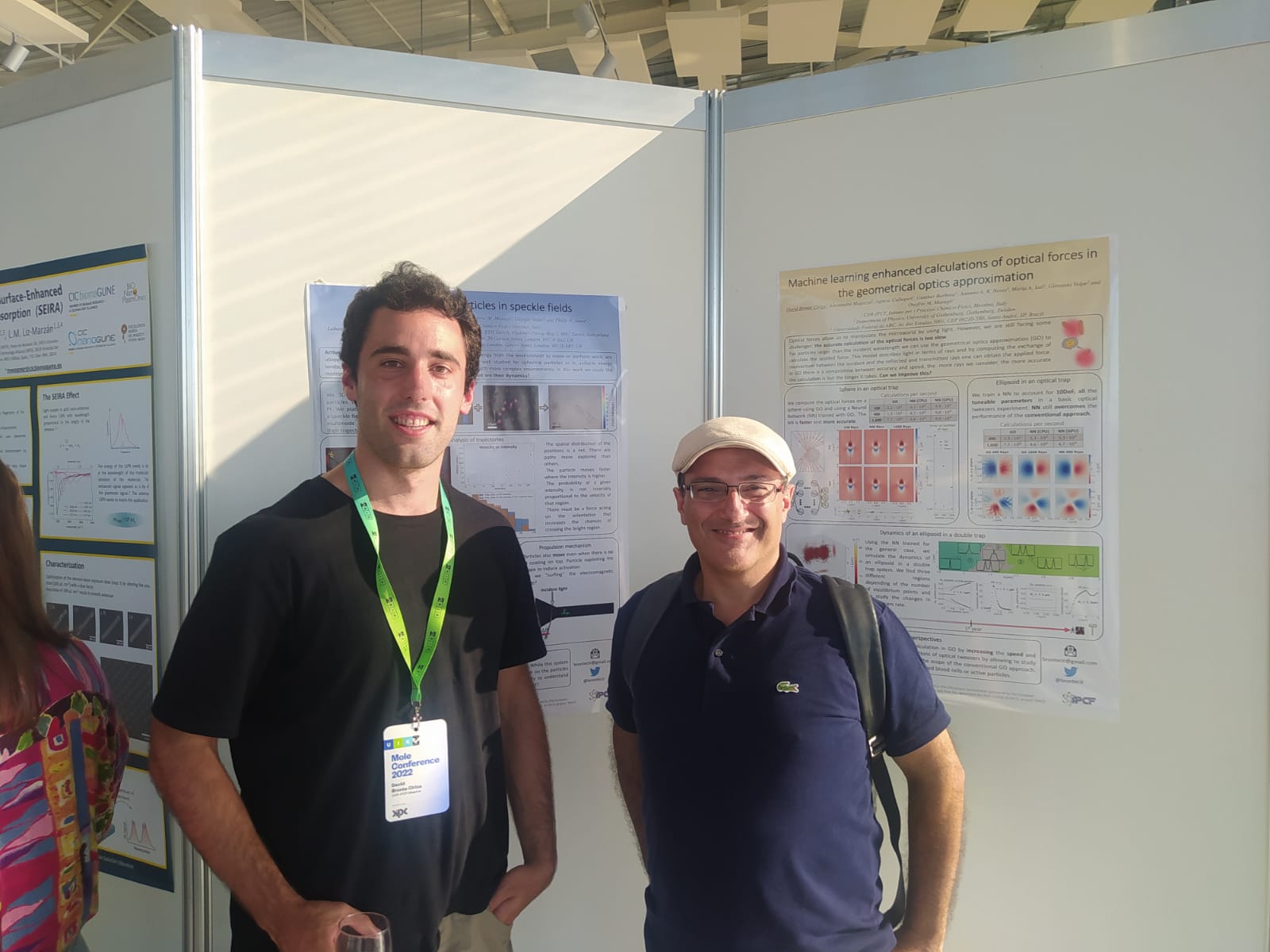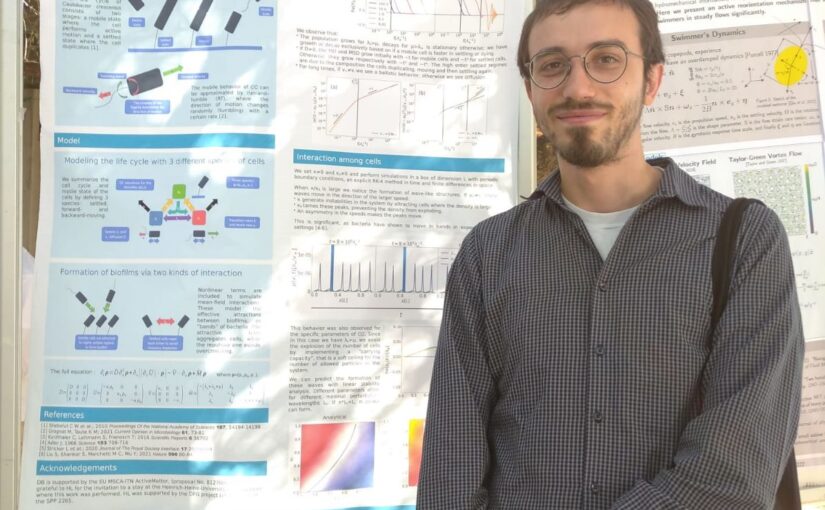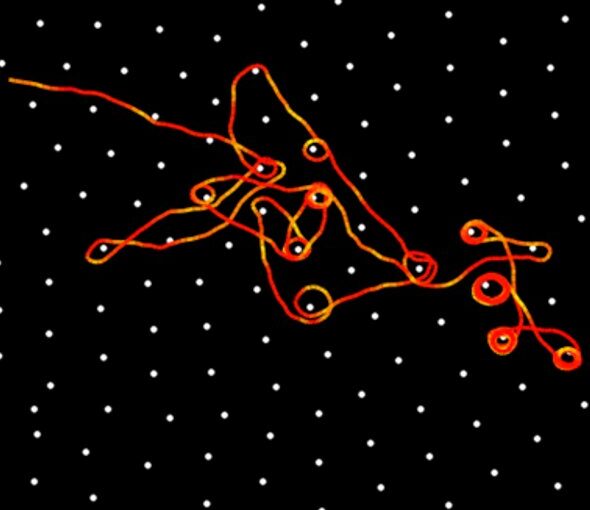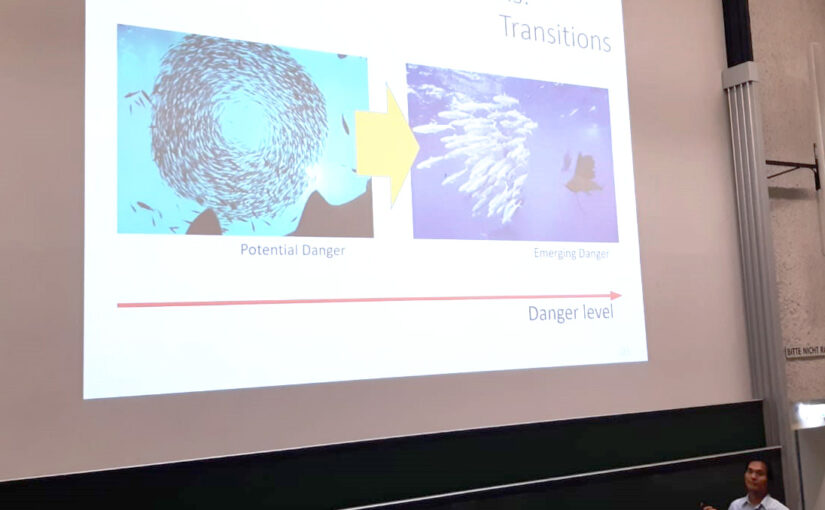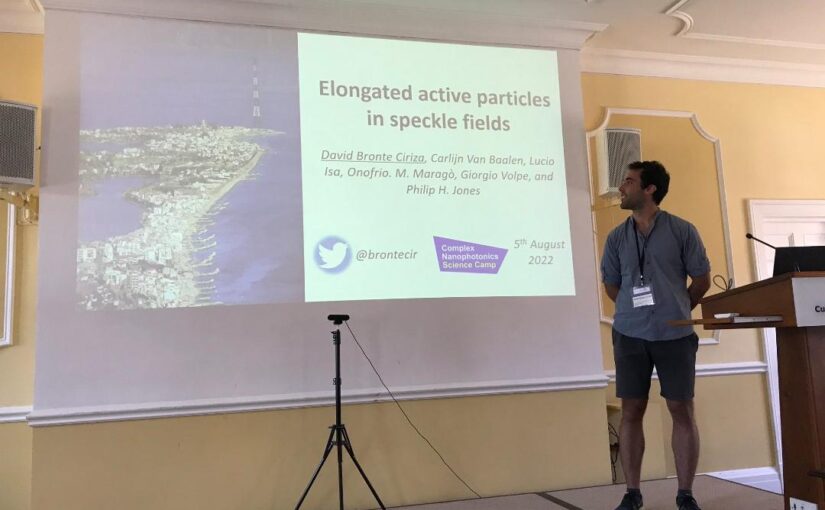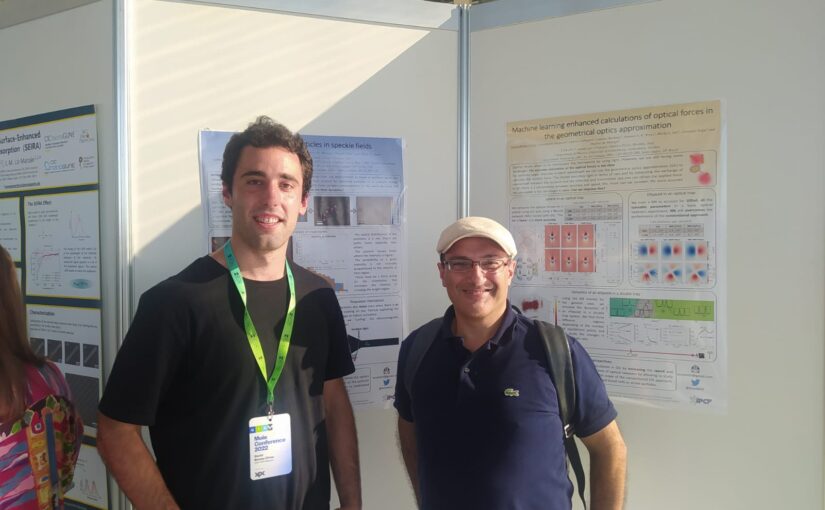Davide presented his work at the 2023 DPG Spring Meeting of the Condensed Matter Section in Dresden, Germany. His presentation “Active Brownian Particles in a disordered motility environment“, focuses on the study of Janus particles in a speckle light field.
Category: Presentation
Presentation by Davide Breoni at the APS March Meeting in Las Vegas, United States, 5th – 10th of March 2023
Davide presented his work at the 2023 APS March Meeting in Las Vegas, United States. His presentation “Active Brownian Particles in a disordered motility environment“, focuses on the study of Janus particles in a speckle light field.
Poster by Davide at the Active Matter and Active Media Summer School 2022, Cargèse, France
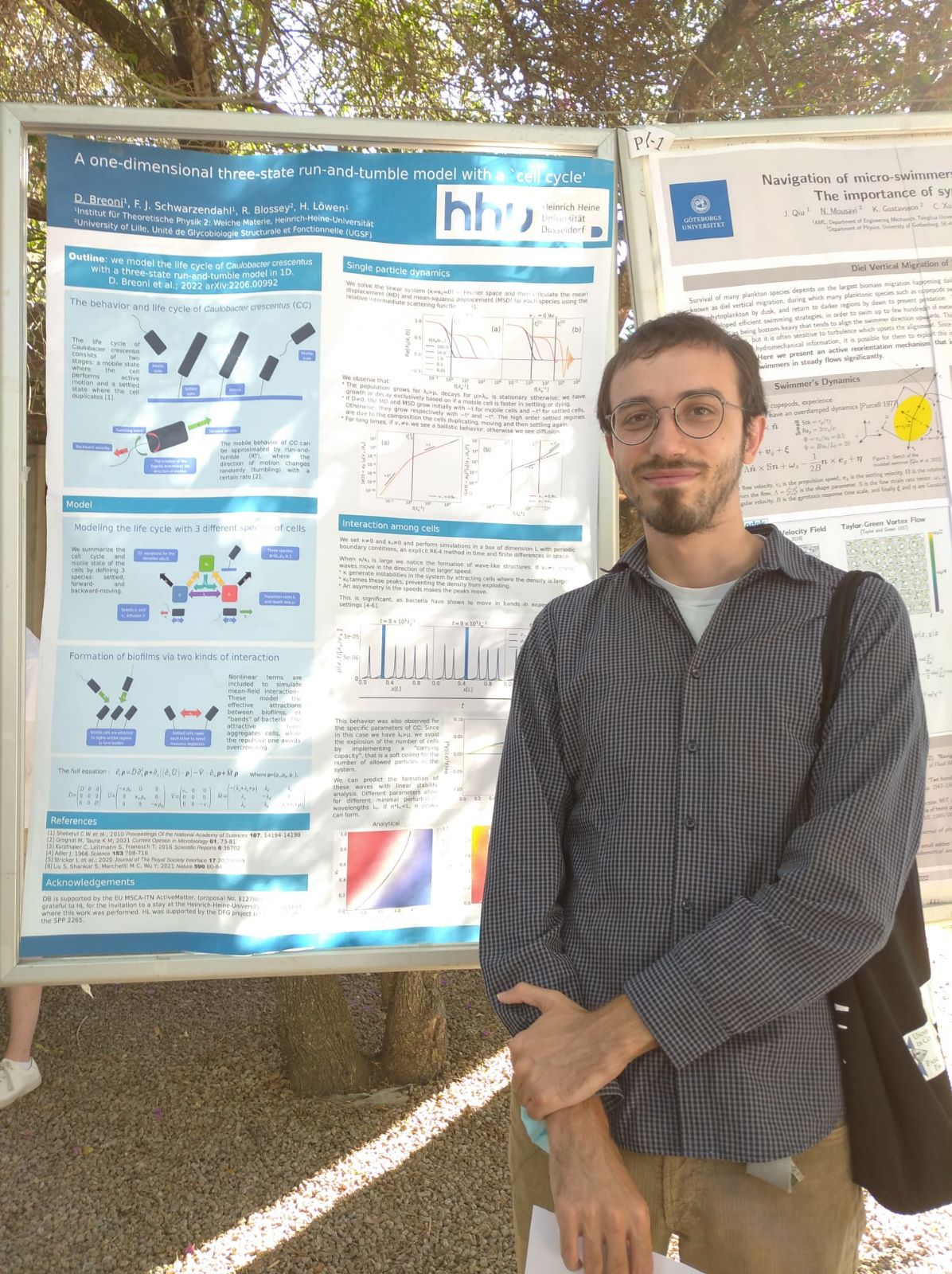
Sandrine Heijnen presented a poster at the Active Assemblies Symposium in Leipzig, Germany, 23th September 2022.
Sandrine Heijnen attended the Active Assemblies Symposium in Leipzig, Germany on the 21-23th of September 2022. She presented a poster titled “Emergent Collective Behaviours for Active Particles in Optical Landscapes” showing the recent development in her project regarding the behaviour of superparamagnetic particles in a light illuminated field. The symposium was host to a lot of interesting talks ranging from new experimental systems to how to solve computational tasks.
Carolina presents at the ISMC Poznań on the 23rd of September 2022
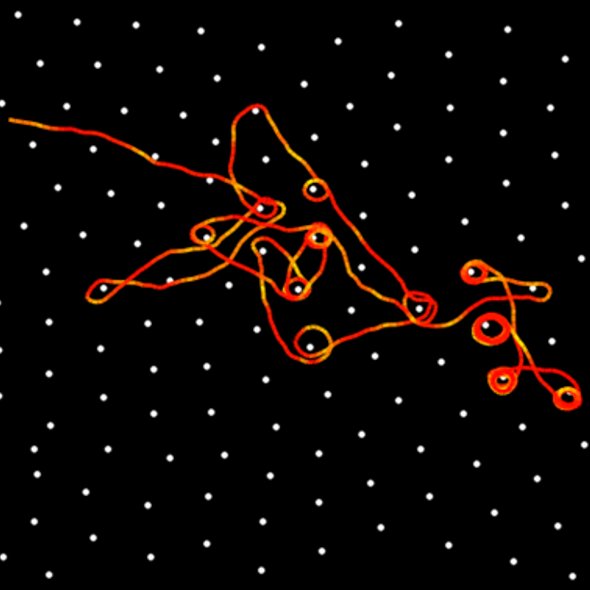
Presentation by Chun-Jen Chen at DPG Meeting of the Condensed Matter Section, 4th – 9th of Sep. 2022
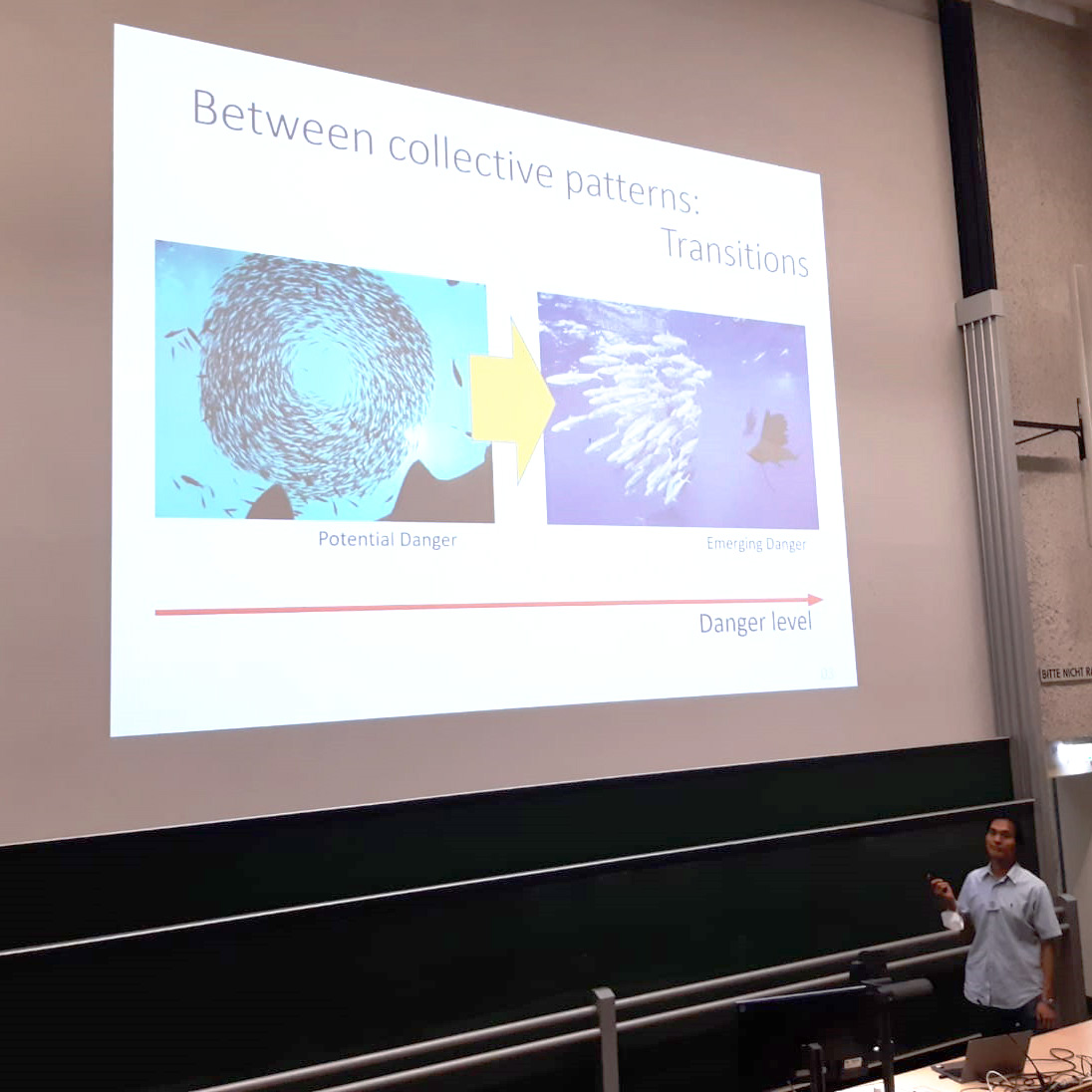
You can find out more detail about the presented work as the contents of this talk was based on Chun-Jen and Clemens Bechinger’s publication at New J. Phys. 24 033001 (2022).
David participates in the Complex Nanophotonics Science Camp 2022 in Windsor, UK
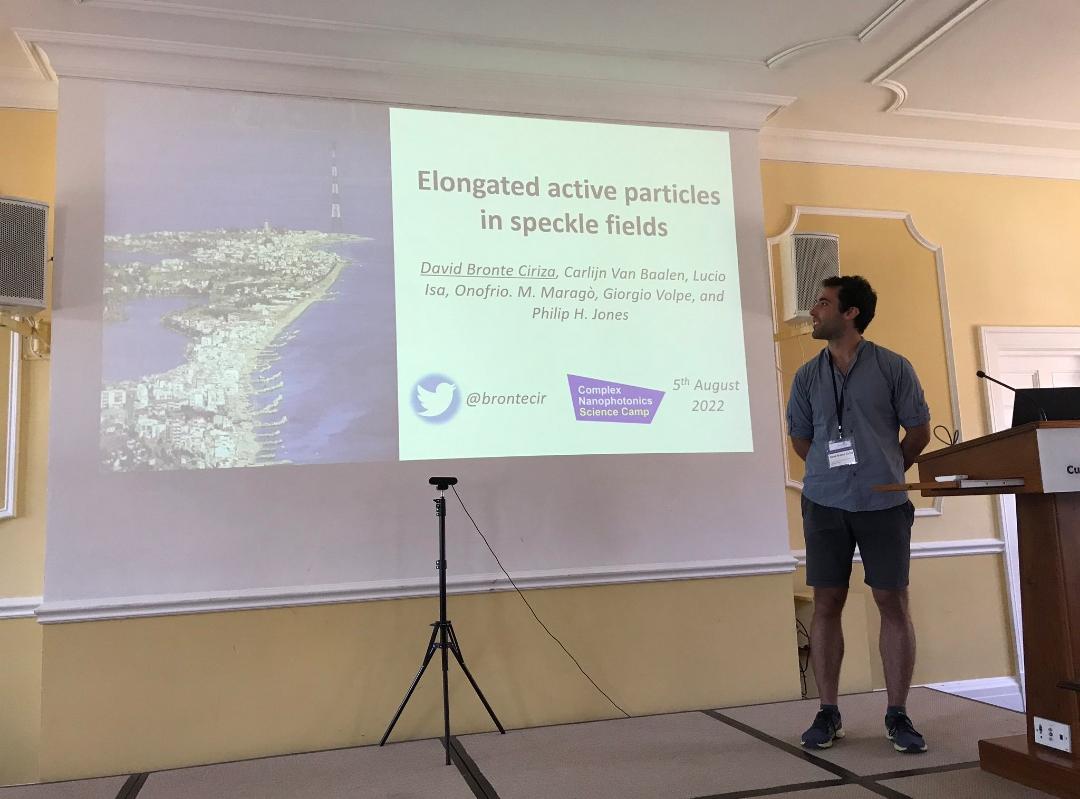
Presentation by Liam Ruske at Current and Future Themes in Soft & Biological Active Matter, 5 August 2022
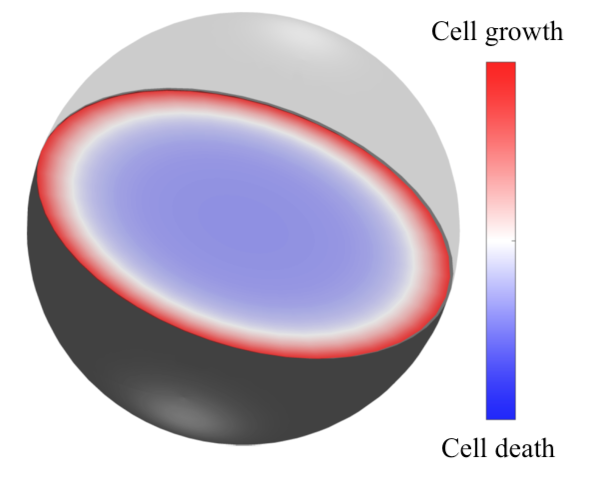
Liam J. Ruske, Julia Yeomans
Date: 5 August 2022
Time: 11:00 (CEST)
Place: Current and Future Themes in Soft and Biological Matter, Nordita
Abstract:
Multicellular spheroids are self-assembled balls of cells, typically hunderds of microns in diameter. They are important model systems for high throughput screening of the effects of mechanical or oxidative stress on tumors and for testing the efficacy of anti-cancer drugs. Gradients in metabolite concentration and the cell division rate across spheroids lead to gradients in activity, the rate at which the cells use energy to generate forces. This results in cell ordering and flows that can be described using the theories of active nematics. By comparing cell alignment profiles in experiments to model predictions, we can extract dynamical tissue parameters which are difficult to measure directly, thus establishing a link between 3D active fluids and the tissue-scale organization in biological systems.
Liam Ruske participates in Current and Future Themes in Soft & Biological Active Matter, 01-19 August 2022, Stockholm
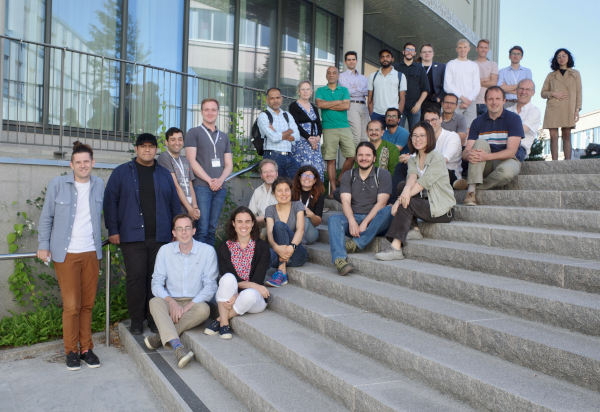
Between the 1st and the 19th of August 2022 Liam participated in the Nordita workshop Current and Future Themes in Soft & Biological Active Matter. In his talk titled “Modelling the Dynamics of 3D cell aggregates” he motivated how cell divisions and death act as a source of active forces in cellular aggregates and how these processes can be incorporated into continuum models of tissues. Applying this model to 3D living cell aggregates (spheroids) not only allows the inference of dynamic cell parameters from experimentally measured cell alignment profiles, but more generally motivates novel mechanisms for controlling the alignment of cells within aggregates which has been shown to influence the mechanical properties and invasive capabilities of tumors.
David participates in the MoLE conference, 25-29 July, Donostia-San Sebastián
